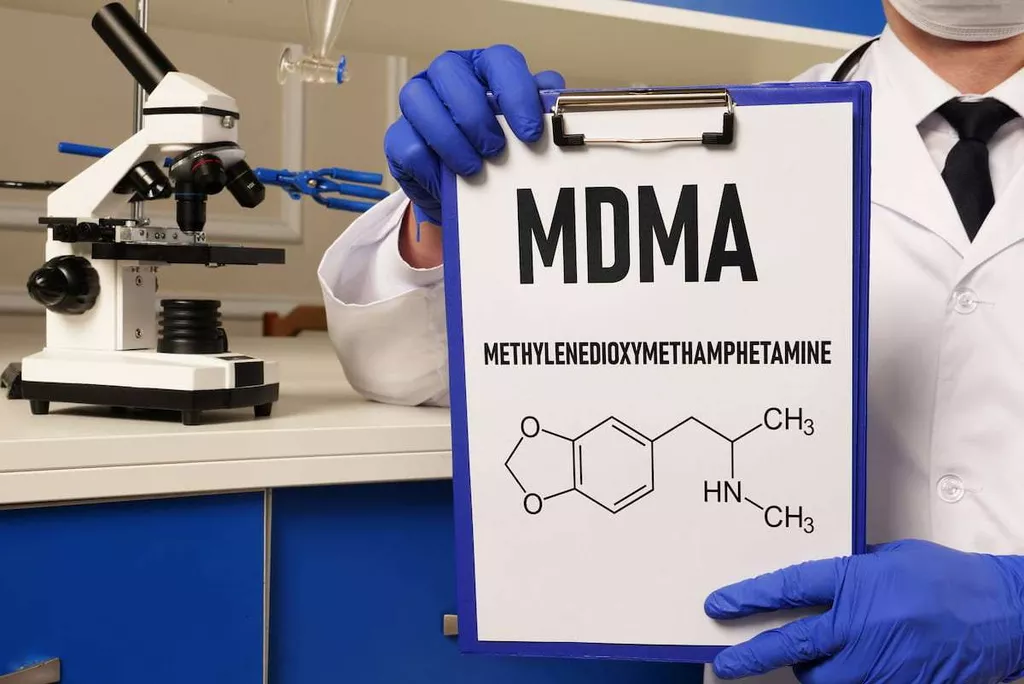
This array was designed for Caucasian and African ancestry, hence the limited number of alcohol metabolism genes. While genetics can play a significant role in your overall AUD risk assessment, it isn’t the only factor that can elevate your chances of developing AUD. That doesn’t mean you’ll absolutely develop AUD if you have a family member living with the condition. You may have a higher genetic predisposition, but the underlying causes of AUD are multifaceted and complex. People who drink and smoke have an elevated risk of developing cancer of the mouth, pharynx and larynx. Alcohol makes it easier for the body to absorb the carcinogens in cigarettes and e-vapes.
- Data suggests that individuals hailing from families with an annual household income surpassing $75,000 face a higher susceptibility to becoming an alcoholic in comparison to their counterparts from economically modest backgrounds.
- You may have a higher genetic predisposition, but the underlying causes of AUD are multifaceted and complex.
- Their mission is not just to understand the genetics of alcohol use disorder but also to provide resources and support for those struggling with substance abuse.
- Alcohol is the third-leading preventable cause of cancer in the US, responsible for about 100,000 cases of cancer and 20,000 cancer deaths annually.
Find Mental Health Care

Genetic predisposition to alcoholism refers to the increased likelihood of developing the disease due to inherited genetic factors. Identifying individuals who have a genetic susceptibility to alcoholism is crucial in order to provide early intervention and prevent the development of the disease. Genetic counselors can also provide guidance on lifestyle modifications and interventions that may help reduce the risk of developing alcoholism. This may include recommendations for maintaining a healthy lifestyle, such as engaging in regular exercise, managing stress, and seeking support from family and friends.

Identifying and Understanding Alcoholism Genes
- They seem to lose fewer inhibitions and tolerate alcohol for longer before they pass out.
- Prevention and education programs can address this risk as part of regular medical checkups.
- According to the American Academy of Child & Adolescent Psychiatry, children of alcoholics are four times more likely than other children to become alcoholics.
- Therefore, many genetic studies of alcoholism also concentrated on nonclinical phenotypes, such as alcohol consumption and Alcohol Use Disorders Identification Test (AUDIT)17–19, from large population based cohorts.
- This knowledge can then be used to develop targeted therapies that address these specific genetic factors.
- This is an illustration of an Illumina GoldenGate array that was custom designed to include 1350 haplotype tagging single nucleotide polymorphisms (SNPs) within 127 stress- and addictions-related genes.
What this means for family members of alcoholics is that you are not necessarily going to misuse alcohol yourself. Factors like your environment and ability to handle situations triggering dependency are just as important as genetics. These are things that we can remain mindful of as we continue to develop an understanding of alcoholism on a personal basis. Environmental factors and your ability to handle situations that could cause alcohol dependency are just as important. Between the D2 dopamine receptor findings in the 1990s and 2020, researchers have identified more than a dozen variants for AUD. While specific genes have been identified that may contribute to the development of alcoholism, it is believed that multiple genes and interactions between genes and the is alcoholism genetic environment play a role.

Epigenetic Modifications and Predisposition to Alcoholism

Your genetics can influence how likely you are to develop AUD, but there’s currently no evidence of a specific gene that directly causes AUD once you start drinking. There is evidence that heavy episodic (binge) drinking, which results inexposure of tissues to high levels of alcohol, is particularly harmful81, 87, 88. Binge drinkingis generally defined as a man consuming 5 standard drinks within 2 hours; women are typically smaller and have a lower percentage of body water, so 4 standarddrinks can reach similar alcohol levels. A standard drink is defined in the US as 12ounces of beer, 5 ounces of wine or 1.5 ounces of spirits, all of which approximate14 g of pure ethanol). The GI tract is exposed to very high levels of alcohol as it passes throughthe mouth, esophagus, stomach and intestinal tract, and most ethanol passes throughthe liver before entering the circulation. Alcohol levels in common drinks rangefrom approximately 5% (1.1 M) for beer, 11-15% for wine (∼3M) and 40% for spirits (∼9 M).
Our Alcoholism & Genetics Study
- According to scientists, drunken drosophila fruit flies behave the same way humans do when they are drunk.
- In the context of alcoholism, pharmacogenetics plays a crucial role in the development of personalized treatment strategies.
- Alcohol, whether consumed regularly or only on special occasions, takes a toll on your body.
- This suggests that alcohol dependence can be inherited and passed down through generations.
- Genetic predisposition to alcoholism does not guarantee that an individual will develop the disease.
- Qualified investigators can access freely available GWAS datasets via the database of Genotypes and Phenotypes (dbGaP) 83 and several studies have used this resource for replication samples.
According to Polimanti and Zhou, geneticists hope to be able to bring their findings to human healthcare in order to help predict and treat certain illnesses. This is called precision medicine, wherein a person’s treatment plan can be specially tailored based on their unique genetic makeup. In the 170 years since the term “alcoholism” was first classified as a behavior, problematic drinking has been a widely studied condition to settle the nature versus nurture argument. Your genes may predispose you to it, but you don’t have to let it define or dictate your choices. To diagnose alcohol use disorder and its severity, clinicians from the American Psychiatric Association issued the 5th edition of the Diagnostic and Statistical Manual of Mental Disorders (DSM-5).
Oftentimes, Substance Use Disorders and Problem Gambling Go Hand in Hand
Other factors, such as environmental influences, individual lifestyle choices, and social factors, also play a role in determining an individual’s risk of developing alcoholism. No, having a genetic predisposition to alcoholism does not guarantee that a person will become an alcoholic. While genetics can increase the risk, environmental factors such as social influences, stress, and access to alcohol also play a significant role in the development of alcohol-use disorders. It is a complex interaction between genetics and environment that determines whether someone will develop alcoholism. While genetics contribute to the risk of alcoholism, environmental factors can also play a significant role. A holistic approach to addressing genetic risk includes targeting these what is alcoholism environmental factors.

